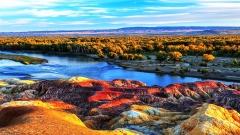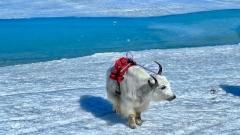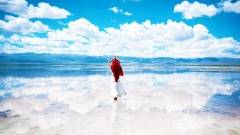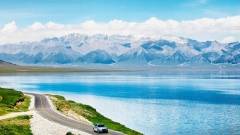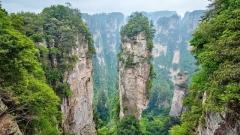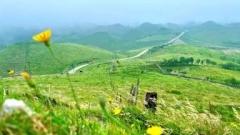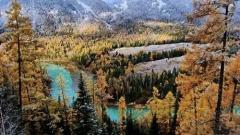Tucked away in the remote Pamir Mountains of Xinjiang, Karakul Lake is one of the most stunning natural gems on the ancient Silk Road. Famous as the “mirror of the Pamirs,” this high-altitude lake reflects snow-capped peaks, endless skies, and nomadic life on its shores. For travelers journeying along the legendary Karakoram Highway, Karakul Lake is not just a stopover—it’s an unforgettable highlight.
Location and Geography
Karakul Lake lies at 3,600 meters above sea level, about 200 km southwest of Kashgar. It sits along the Karakoram Highway, the highest international road in the world, which connects Xinjiang with Pakistan through the Khunjerab Pass.
Surrounded by the Pamirs, Karakul offers postcard-perfect views of two majestic mountains:
-
Muztagh Ata (7,546 m) – nicknamed the “Father of Ice Mountains,” its glacier-covered slopes rise gracefully from the lake’s edge.
-
Kongur Tagh (7,719 m) – the highest peak in the Pamirs and one of the least-climbed giants of Central Asia.
On calm days, the lake’s surface becomes a flawless mirror, reflecting these snowy summits against a brilliant blue sky.
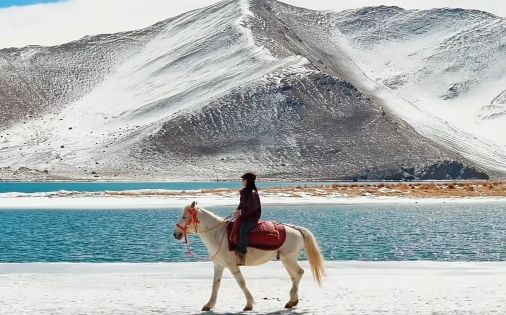
Karakul Lake
The Scenery and Atmosphere
Karakul Lake changes its colors throughout the day—shimmering turquoise in the morning, deep blue by afternoon, and golden under the sunset. During spring and summer, wildflowers bloom along its shores, while in autumn the air is crisp and the lake takes on crystal-clear reflections. Winter, though cold, transforms the landscape into a frozen wonderland, with the surrounding mountains glowing in soft sunlight.
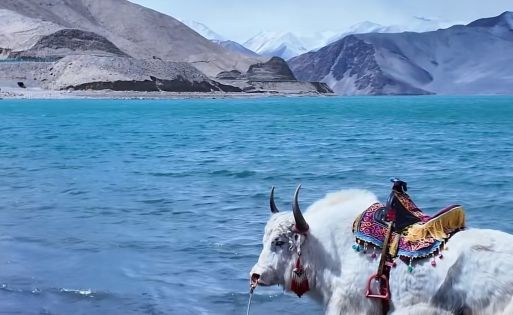
Nomadic Culture Around the Lake
One of the most fascinating parts of a visit to Karakul Lake is meeting the Kyrgyz nomads who live in traditional yurts around the water. These families herd sheep, goats, yaks, and camels, maintaining a centuries-old lifestyle.
Visitors can:
-
Step into a Kyrgyz yurt and share a cup of salty butter tea.
-
Taste traditional dishes like hand-pulled noodles and fresh yak yogurt.
-
Learn about nomadic traditions, music, and the significance of their decorated felt rugs.
Staying overnight in a yurt camp is a highlight for many travelers—it allows you to see sunrise, sunset, and the dazzling Milky Way above the lake.
Top Things to Do at Karakul Lake
-
Photography: Capture postcard-worthy reflections of Muztagh Ata and Kongur Tagh.
-
Trekking & Hiking: Short trails circle the lake, while experienced trekkers can attempt multi-day routes into the Pamirs.
-
Horseback Riding: Rent a horse from local herders and explore the meadows around the lake.
-
Camping & Stargazing: For adventurers, camping by the lake offers one of the clearest night skies in Xinjiang.
-
Cultural Exchange: Spend time with Kyrgyz families to better understand nomadic life.
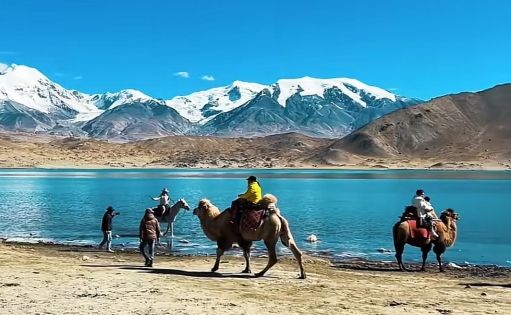
Travel Tips for Karakul Lake
Best Time to Visit:
-
May to October is the ideal season, with clear skies and comfortable weather.
-
In winter (Nov–Mar), the lake freezes, but the scenery is strikingly beautiful if you can handle the cold.
Altitude Caution:
At 3,600 meters, visitors may feel the effects of high altitude. Walk slowly, stay hydrated, and consider spending a day in Kashgar first to acclimatize.
Getting There:
-
From Kashgar, Karakul Lake is a 4–5 hour drive along the Karakoram Highway.
-
Public buses run partway, but most travelers prefer private cars or guided tours for comfort and flexibility.
Accommodation:
-
Yurt stays are the most authentic option, though simple in facilities.
-
Basic guesthouses are also available in nearby villages.
-
Most travelers do Karakul as a day trip from Kashgar, but staying overnight offers a far richer experience.
Why Visit Karakul Lake?
Karakul Lake is not just about breathtaking landscapes—it’s about the feeling of stepping into another world. Here, time seems to slow down, and you witness a rare harmony between humans, animals, and nature. Whether you’re a photographer, trekker, culture enthusiast, or simply a lover of wild places, Karakul Lake will stay with you long after you leave.




